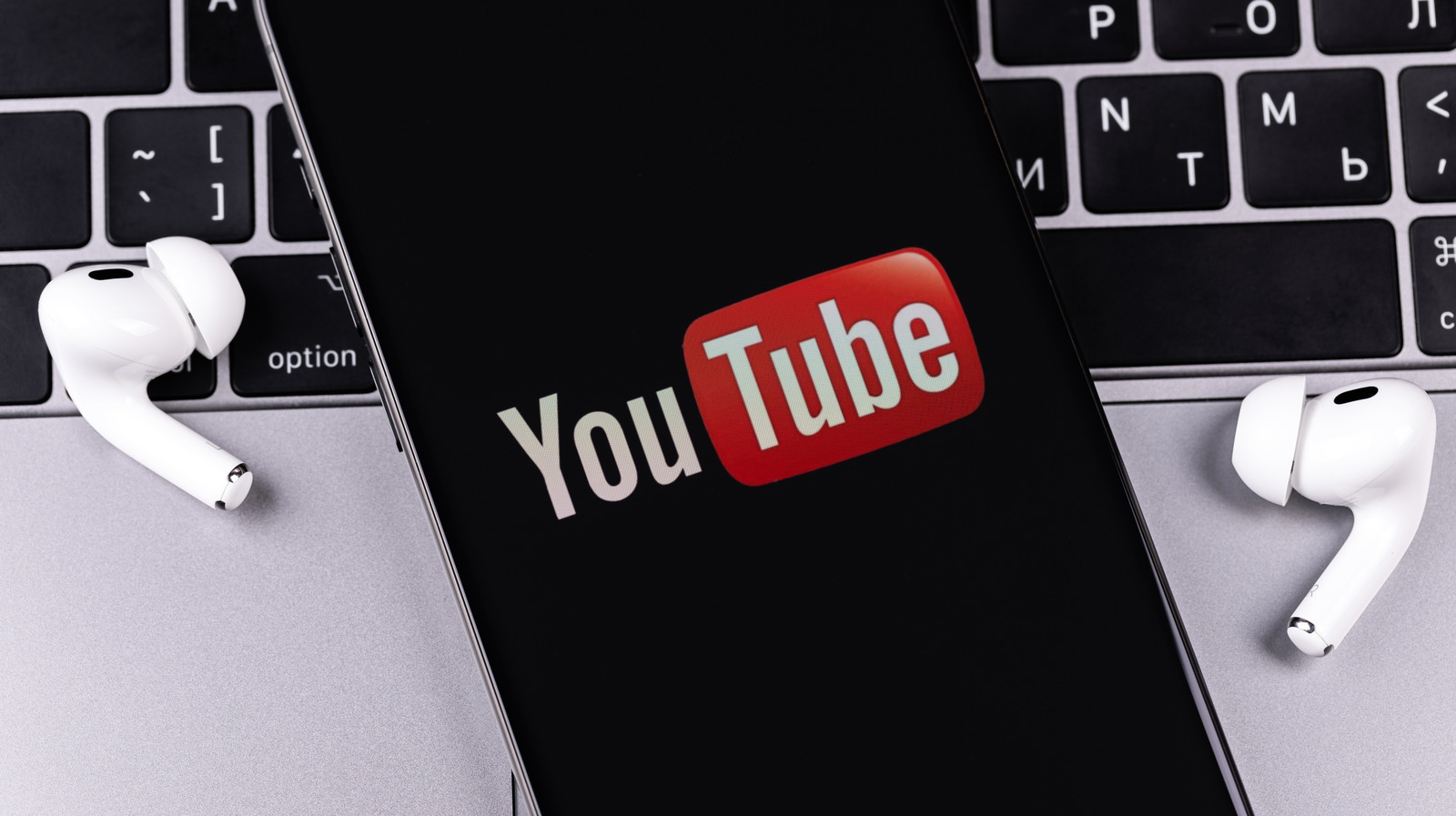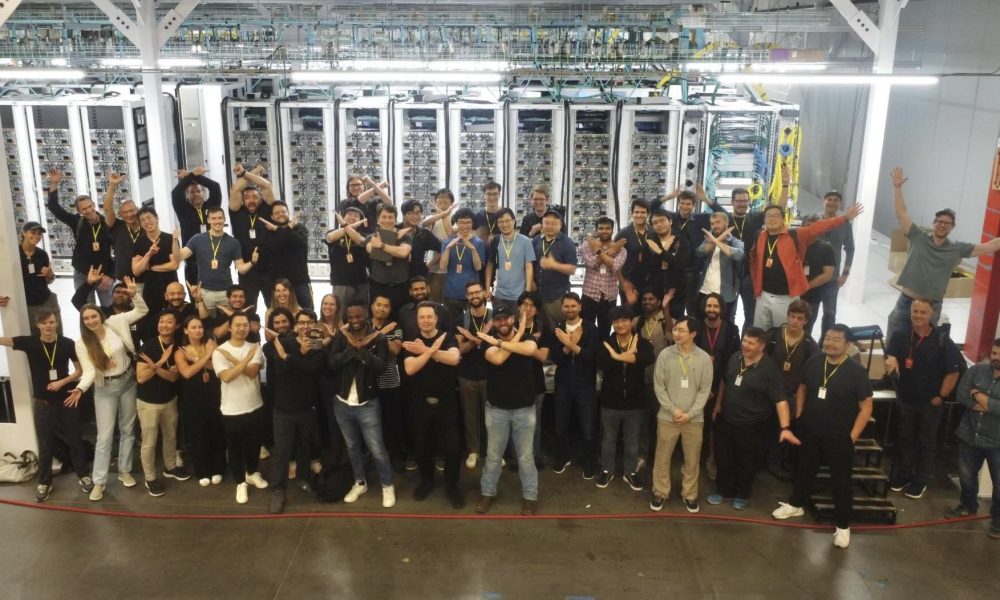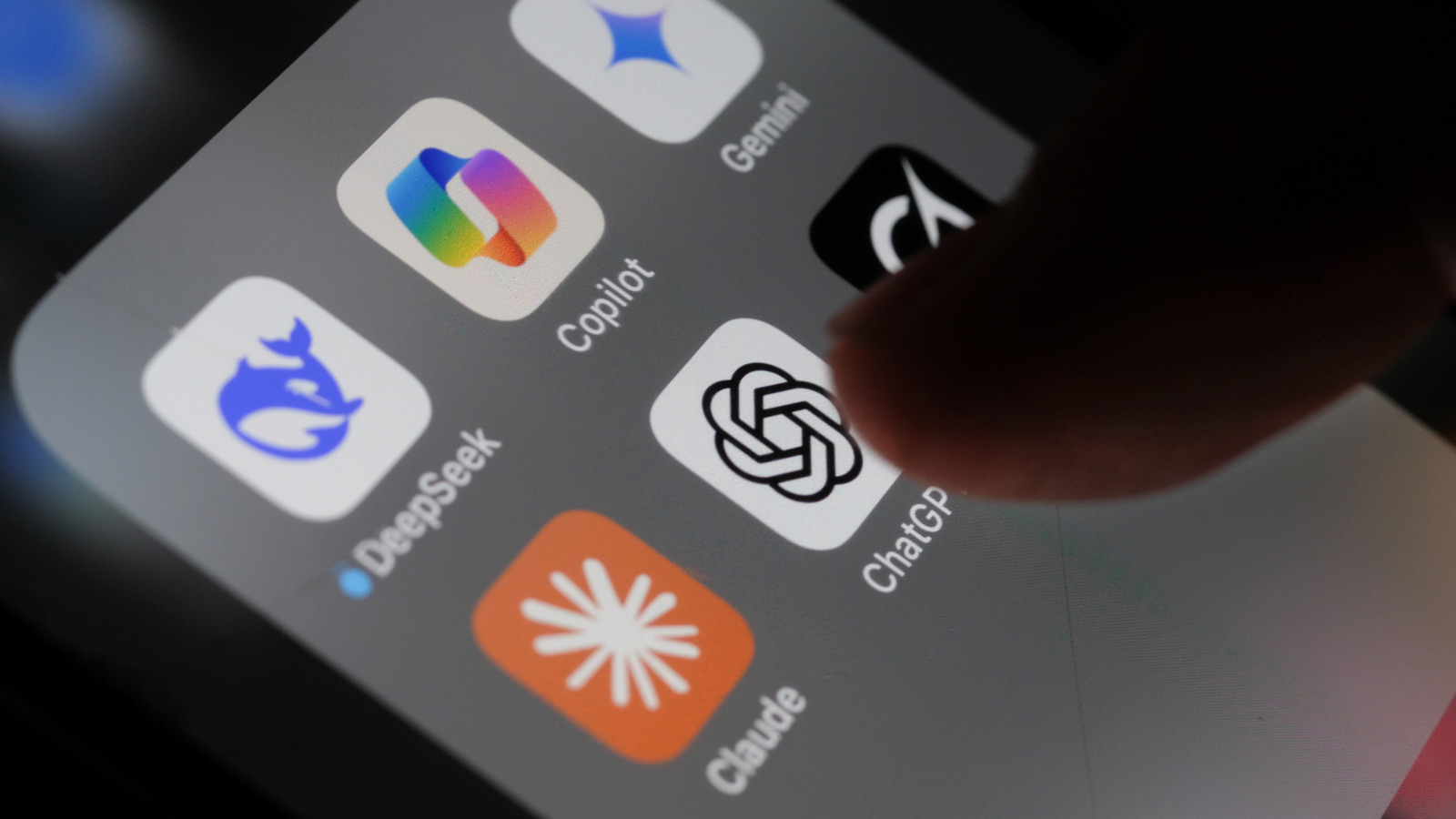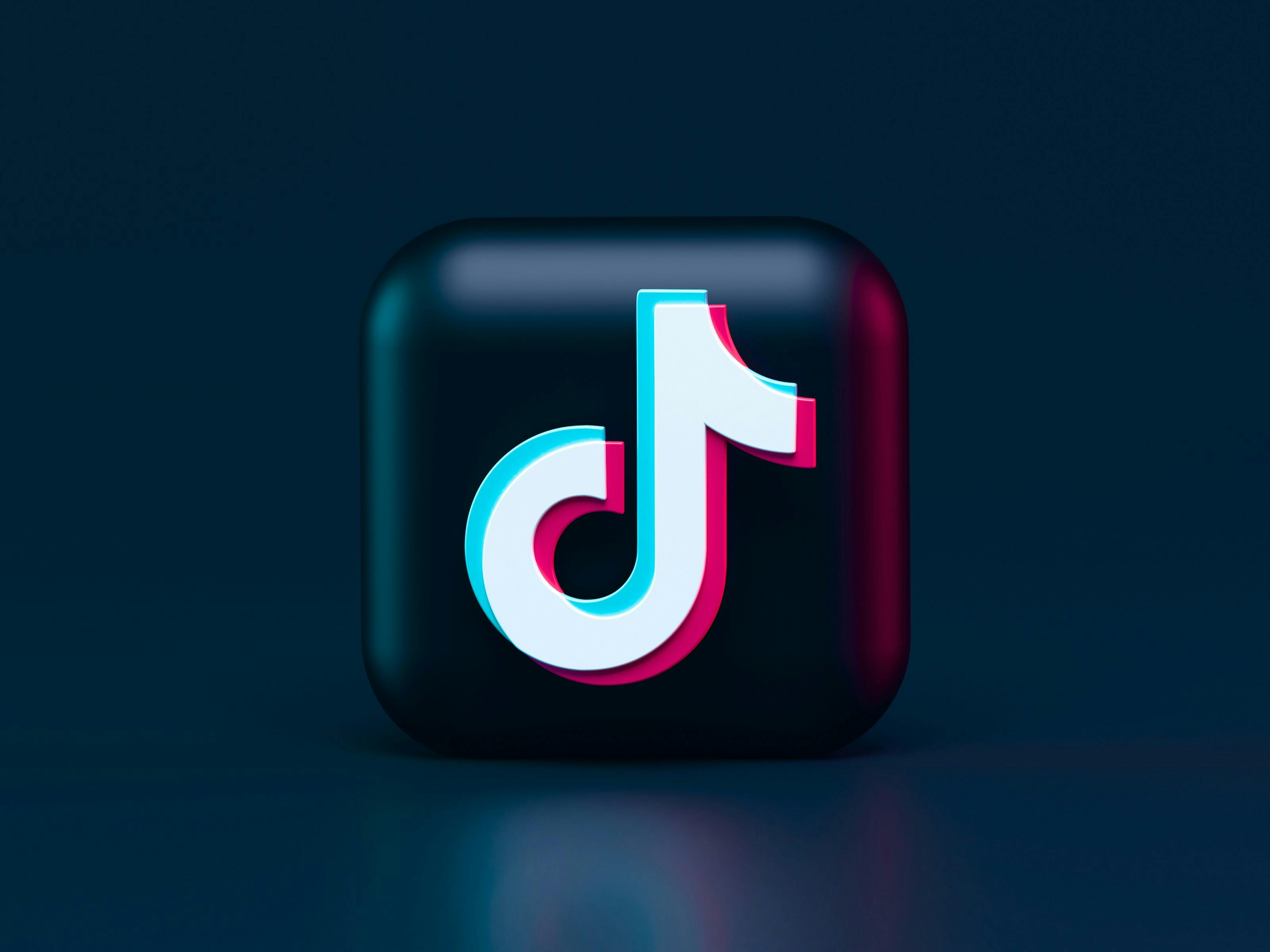Top tips on how to maintain long-term partnerships
You know long-term influencer brand partnerships are valuable. But how do you build them in practice? You can start with these eight tips.
1. Aligning brand and influencer values.
First, try to develop relationships with influencers who share your brand’s values. This keeps you both on the same page and makes your sponsored posts feel genuine to their followers.
For example, Champs Sports sells sports gear and apparel. It recently reached out to for help with creating an NIL campaign, partnering with student-athlete creators. Since student athletes are some of the most frequent users of sports apparel, there was a natural alignment between the brand and influencers from the start. This helped Champs Sports generate 3 million total impressions and 353,100 engagements across 91 pieces of content.
If you need help finding influencers for brand partnerships who align with your vision, has you covered. You can use our search tool to find influencers quickly and connect with creators who share your vision.
2. Establishing clear communication channels.
Next, make it simple for your influencers to reach you. The quality of your communication can impact how well campaigns do. When you’re slow to answer questions or tough to contact, your creative partners won’t be as effective at making content that connects your products with their audience.
offers an all-in-one influencer management platform that makes this easy. But you can also create a custom solution if you prefer it. The key is having a process for communication and sticking to it, regardless of what that looks like.
3. Offering creative autonomy.
Creators typically know their audiences better than brands do. That makes them worth listening to when making creative decisions. They may be able to help you position your products more effectively to drive extra engagement—but only if you allow them to help.
The challenge is balancing your brand’s guidelines with influencer creativity. You want authentic, engaging content, but you also need to make sure you get your point across. That may mean providing fewer details in creative briefs so your partners have extra wiggle room, especially as the relationship matures.
4. Implementing performance-based incentives.
It’s also important to reward creators when they go above and beyond for your brand. This is part of maintaining alignment. You want influencers to do better financially as they do more for your company’s bottom line.
makes it easy for you to incentivize your creators with cash, products, gift cards, and even exclusive experiences. You can offer these as bonuses for influencers who drive extra engagement to your products. The only question is which KPIs to base these incentives on. Some of the most common KPIs include:
-
Impressions and video views
-
Engagement metrics (such as likes)
-
Conversions (like clicks on an affiliate link)
-
Click-through rates
-
Earned media values
5. Integrating influencers into product development.
Some brands also bring influencers into the product development process. Doing so can help you design products that are a better reflection of what your target audience wants. It can also increase the engagement you get from influencer marketing posts.
For example, TikTok star Addison Rae was instrumental in designing Item Beauty’s new makeup line. She helped the brand create cruelty-free, vegan-friendly products based on her values and what she wears. The TikToks she made promoting these products were more engaging because she had such a deep connection to the makeup.
6. Utilizing data analytics for continuous improvement.
Make sure you’re watching the data as it comes in. This will help you refine your influencer marketing approach over time to get more value out of these partnerships. makes that easier to do with its integrated analytics platform. But you can also use platform-specific dashboards like Google Ads Manager and Facebook Ads.
7. Planning for long-term collaboration milestones.
It’s also important to celebrate key milestones in your relationships with creators. This reinforces your connection, shows appreciation, and gives the influencer a reason to put more into the content they create for your brand.
You can reward creators with incentives for reaching goals like:
8. Scaling partnerships without losing personal touch.
Finally, look for ways to scale your influencer marketing strategy without getting impersonal. You want to put the same effort into building your 100th influencer relationship that you put into building your first. Otherwise, you could see declining performance over time.
Influencer marketing platforms like make this easier to do. We can automate time-consuming tasks, send alerts when you need to take action, and give you more time to deliver the personal touch that builds lasting relationships.









